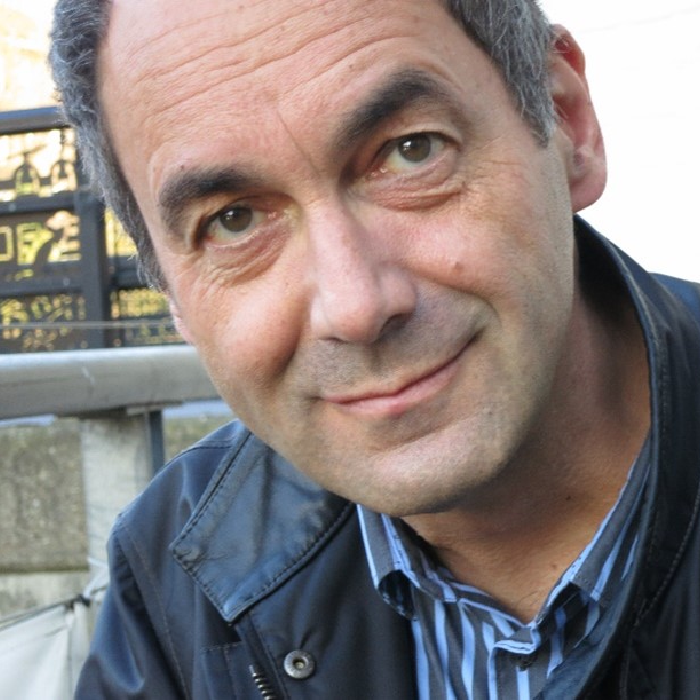
Andreas Kortenkamp – Brunel University London (URBUN), UK
Health effects of mixtures – 28 April – 9:45 am CEST
Several mixture risk assessment case studies were conducted in HBM4EU, investigating risks to male reproductive health, developmental neurotoxicity, carcinogenicity and nephrotoxicity. Chemicals currently regulated separately in different domains in the EU (pesticides, industrial chemicals, food contaminants, pharmaceuticals) can work together to produce significant combined effects that affect several important health endpoints. Collectively, the case studies highlight the need to take combined exposures into account in chemical risk assessment. It became evident that a disregard for combined exposures will lead to significant underestimations of the risks associated with chemical exposures. The outcome of our investigations provides a valuable basis for future Human Biomonitoring strategies that can capture combined exposures. Such strategies should focus on the chemicals that we identified as drivers in several scenarios, and these chemicals should be monitored together.
Andreas Kortenkamp is professor for human toxicology at Brunel University London where he directs the Centre for Pollution Research and Policy. He researches the combined effects of chemicals on endocrine diseases. He was lead author of the 2009 State of the Art Report on Mixture Toxicology for the European Commission and the 2012 State of the Art Assessment of Endocrine Disrupters. He joined the WHO/UNEP panel for evaluating the state of the science of endocrine disruption 2012. He coordinates the EU-funded ATHENA project on developing new test methods for thyroid hormone system disrupting chemicals and is involved with the EU-funded exposome project ATHLETE, the PANORAMIX project on mixtures and the HBM4EU initiative.
Disclaimer
The HBM4EU project was launched in 2016 with the aim of improving the collective understanding of human exposure to hazardous chemicals and developing HBM as an exposure assessment method. The project had €74m in funding and jointly implemented by 120 partners from 28 participating countries – 24 EU member states plus Norway, Switzerland, Iceland and Israel and the European Environment Agency. One of its aims was to ensure the sustainability of HBM in the EU beyond 2021. The project ended in June 2022. The website will not be updated any longer, except the page on peer reviewed publications, but will be online until 2032.


